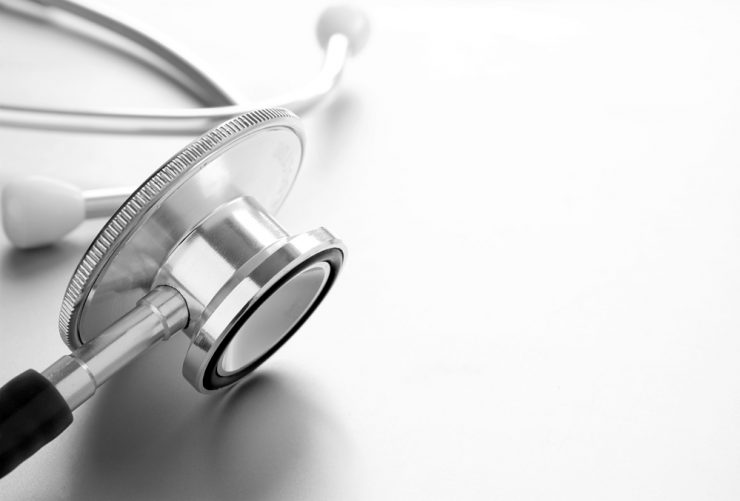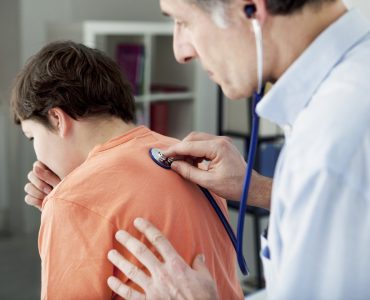A cartilage is a flexible, but tough tissue present throughout the body. Its functions are
Shock absorber. It covers the joint surfaces, which helps in avoiding friction and preventing damage.
Acts as mould. The tough, but flexible tissue forms various parts of the body structure like the ear and bridge of the nose.
Cartilage does not heal as quickly as bone or other damaged tissue since there is no blood supply to it.
Types of Cartilage include
Elastic cartilage. It is supple and springy in nature. This type is part of the ears, some part of the nose, and epiglottis (the tissue flap in the back of the throat, which prevents food from entering the airways).
Fibrocartilage. This is a tough cartilage and is able to bear weight. It is found between the bones in the pelvis and hips, and between discs or vertebrae of the spine.
Hyaline cartilage. It is tough and springy. It is present between ribs, around the windpipe and between joints. The cartilage found between joints is also called articular cartilage.
Articular cartilage damage symptoms include
Swelling.
Stiffness.
Joint pain.
Decrease in range of motion in the joint affected.
If it is a severe damage, the cartilage piece could tear or break and turn loose.
Diagnosis
Articular cartilage damage cannot be identified by a physical examination. Symptoms may imitate knee injuries like a sprain or damaged ligament.
Magnetic resonance imaging. This uses high frequency radio waves and magnetic fields to create detailed images of the areas in the body.
Arthroscopy. This is also known as “keyhole surgery” as only a tiny incision is made into the joint and with the help of an arthroscope (a flexible small tube with the camera at its end) to see inside the joint.
Grading cartilage damage
Using arthroscopy, the extent of damage to the cartilage can be determined and this is classified into several grades. This helps the general practitioner in identifying the mode of treatment.
Treatment
Non-surgical treatments that help relieve damaged cartilage symptoms include:
Physiotherapy. Exercises that help in muscle strengthening and reducing joint pressure, thereby reducing pain.
Pain killer. Under the supervision of a medical practitioner, medicines like aspirin or ibuprofen may be taken to reduce pain and swelling.
Supportive devices like leg braces or a cane.
Lifestyle changes like reducing activity that uses the affected area.
Surgical options to relieve damaged cartilage symptoms include
Arthroscopic lavage and debridement. This is a technique used on cartilage pieces that have become loose, which causes freezing of the joint.
Marrow stimulation. It involves drilling small holes into bone present under damaged cartilage, which exposes blood vessels which stimulate new cartilage production.
Mosaicplasty. It is a process whereby healthy cartilage from areas by the knee side and replacing damaged cartilage.
Autologous chondrocyte implantation or ACI. This process involves taking a small sample of cartilage cells and culturing it and replacing it in the joint.












